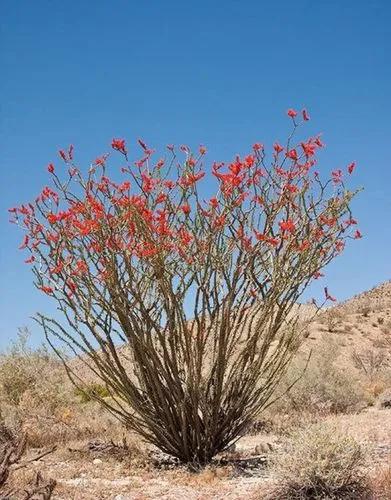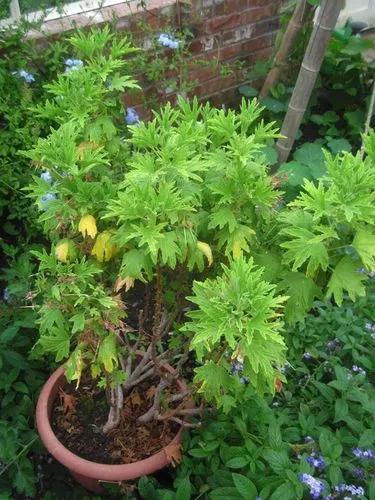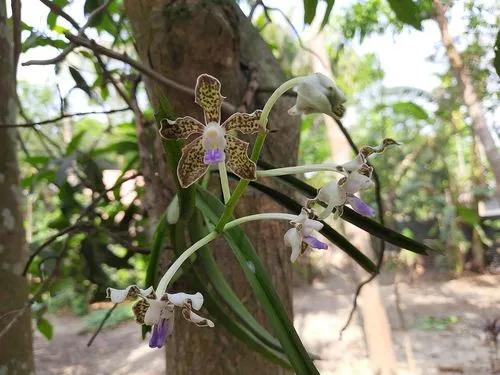Rose of Sharon bears many blooms, and its attractive flowers are its main selling point. Like other types of hibiscus, its flowers bear a striking stamen. Another feature giving the shrub value is its relatively late period of blooming (in the northeastern United States, it blooms in August). Rose of Sharon is thus able to offer white, red, lavender, or light blue blooms when many flowering shrubs have long since ceased blooming. Late summer flowering shrubs can help gardeners manage the sequence of bloom in their landscapes.
Rose-of-sharon Care
Hibiscus Syriacus



Rose of Sharon is easy to grow, even for beginning gardeners. Hardy in USDA zones 5-9, rose of Sharon bushes are tolerant of a wide range of conditions, including poor soil, heat, humidity, drought and air pollution. Flower colors include white, red, pink, lavender, blue and bicolors, with single or double forms.
How to Care for the Plant

Water

Established Rose of Sharon shrubs tolerate drought, but spectacular flowers depend on adequate moisture. Water established shrubs as needed so they get about 1 inch of weekly water from irrigation and natural rainfall combined.

Pruning

Rose of Sharon can be easily rooted in June and July. Simply take several cuttings from the new growth about four inches long and remove all but the top two or three leaves. Then dip the bottoms of the cuttings into rooting hormone (available at most garden centers.) Fill a pot with some premoistened soil-less mix.

Fertilizer

With the rose of Sharon hibiscus plants, under-fertilizing is better than over-fertilizing. However, if you choose to feed your plant twice a year, opt for a balanced 10-10-10 or 10-20-10 fertilizer for spring feeding and use a light application.

Sunlight

Full sun and partial shade are best for this shrub, meaning it prefers a minimum of 4 hours of direct, unfiltered sunlight each day.

Soil

Rose of Sharon prefers moist, well-drained soil with an alkaline to neutral pH.

Temperature

Rose of Sharon shrubs thrive from U.S. Department of Agriculture plant hardiness zones 5 through 9, enduring winter temperatures as extreme as minus 20 degrees Fahrenheit.

Container

Rose of sharon is usually planted in the ground but it can also be grown in containers as a lovely patio plant. One problem with growing rose of sharon in a pot is that it can get quite large, with some species growing up to 12 feet (3.5 m.).

Additional

In most cases, hibiscus is non-toxic for pets, but the Rose of Sharon (Hibiscus syriacus) is a type of hibiscus that can be harmful to your furry friend. If a dog ingests a significant amount of this hibiscus' flower, they can experience nausea, diarrhea, and vomiting.

Popularity

13,475 people already have this plant 2,092 people have added this plant to their wishlists
Discover more plants with the list below
Popular articles






